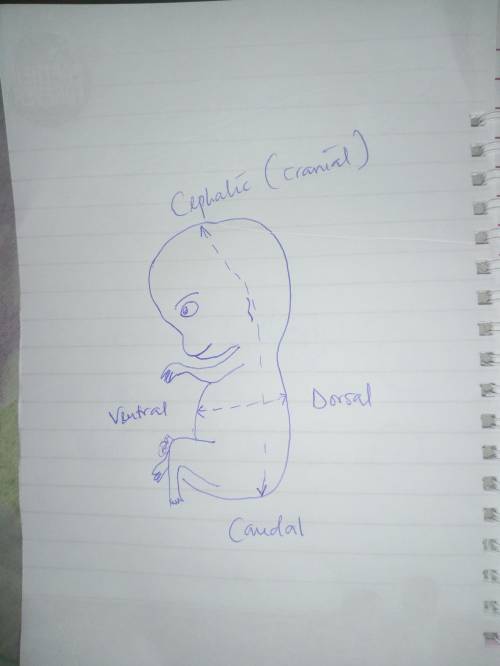

Answers: 2


Another question on Biology

Biology, 21.06.2019 20:00
Over the past 60 years, many amphibian species have experienced significant population declines and some species have become extinct. scientists suspected that local human activities such as the destruction of wetlands, regional pollution, and deforestation were the main reasons for these losses. however, research over the past 20 years reveals significant amphibian population declines in protected areas of the world, such as nature preserves and parks. these global declines suggest widespread problems including increased ultraviolet radiation, acid rain, and disease. in switzerland, for example, 14 of the 20 native amphibian species are threatened with extinction. chytridiomycosis is a fungal disease first identified in 1998 as a cause of massive amphibian deaths. in some severely impacted populations, a few individuals have survived, perhaps because of some natural resistance. if these resistant individuals continue to survive and prosper, new resistant populations might emerge. this would be an example of the founder effect artificial selection genetic drift natural selection sexual selection
Answers: 3

Biology, 21.06.2019 21:00
What can be found in every skeletal muscle? a. nerves, bones, cartilage, and connective tissue b. tendons, cartilage, nerves, and blood vessels c. muscle fibers, nerves, connective tissue, and blood vessels d. tendons, nerves, blood vessels, and bones
Answers: 3

Biology, 22.06.2019 00:30
What is the difference between the conducting zone and the respiratory zone of the respiratory system? the conducting zone is a series of cavities and tubes that move air to the respiratory zone where gases exchange with the bloodstream. the conducting zone exchanges gases between the lungs and the alveoli and the respiratory zone is a series of cavities and tubes that move air to the conducting zone. the conducting zone moves oxygen into the cells and the respiratory zone takes carbon dioxide away from the cells. the conducting zone moves oxygen into the bloodstream and the respiratory zone takes carbon dioxide away from the bloodstream.
Answers: 2

Biology, 22.06.2019 02:50
Keeping in mind the life cycle of bacteriophages, consider the following problem: during the reproductive cycle of a temperate bacteriophage, the viral dna inserts into the bacterial chromosome where the resultant prophage behaves much like a trojan horse. it can remain quiescent, or it can become lytic and initiate a burst of progeny viruses. several operons maintain the prophage state by interacting with a repressor that keeps the lytic cycle in check. insults (ultraviolet light, for example) to the bacterial cell lead to a partial breakdown of the repressor, which in turn causes the production of enzymes involved in the lytic cycle. as stated in this simple form, would you consider this system of regulation to be operating under positive or negative control?
Answers: 1
You know the right answer?
4. Quickly sketch an embryo then label and define anterior, dorsal, ventral and posterior. 5. How do...
Questions


Mathematics, 23.03.2020 22:21


Mathematics, 23.03.2020 22:21




Mathematics, 23.03.2020 22:22


Mathematics, 23.03.2020 22:22




Physics, 23.03.2020 22:23




Biology, 23.03.2020 22:23

Biology, 23.03.2020 22:23





